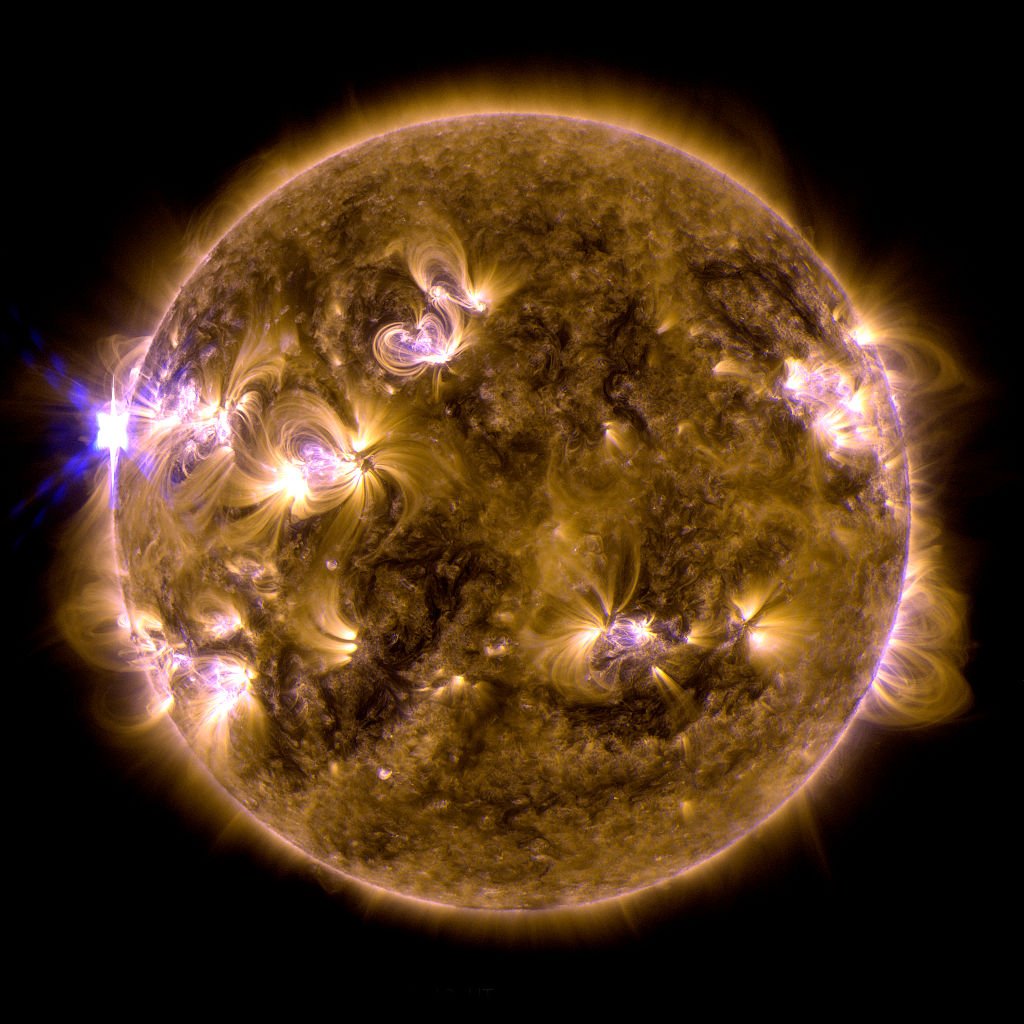The first time NASA’s Parker Solar Probe has observed a big magnetic burst in the sun’s corona, this event could fundamentally alter our understanding of solar storms and their impact on Earth. Against expectations, the spacecraft “touches” the sun’s atmosphere in daring close passes and finds a great surge of energy flinging high-speed plasma towards the sun’s surface. Apart from revealing how the sun’s chaotic magnetic field drives particles to high speeds, the study provides crucial information to predict severe space weather before it passes.
A Solar Explosion Defying Physics
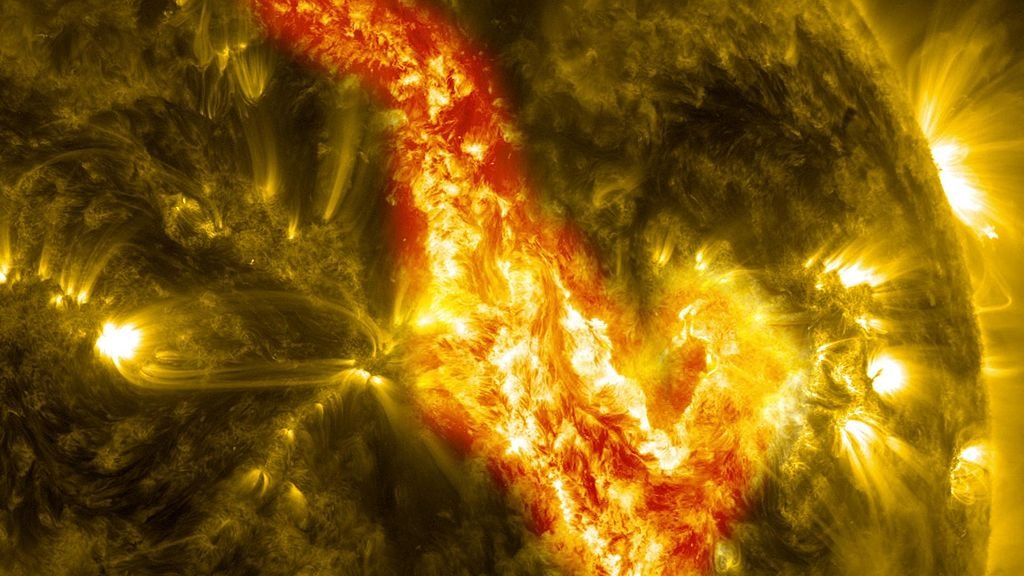
Magnetic reconnection, the explosive snapping and re-forming of magnetic field lines is one of the most powerful phenomena in the universe. It drives solar flares, coronal mass ejections (CMEs), and even the solar wind. But until now, scientists had never directly observed it happening inside the sun’s corona with such clarity.
Parker’s instruments recorded protons with 1,000 times more energy than expected, along with a supersonic jet of plasma shooting sunward opposite to the usual outward flow. “This was completely unexpected,” said lead researcher Mihir Desai of the Southwest Research Institute. “The sun’s magnetic fields are far more dynamic and violent than our models predicted.”
Why This Discovery Matters for Earth
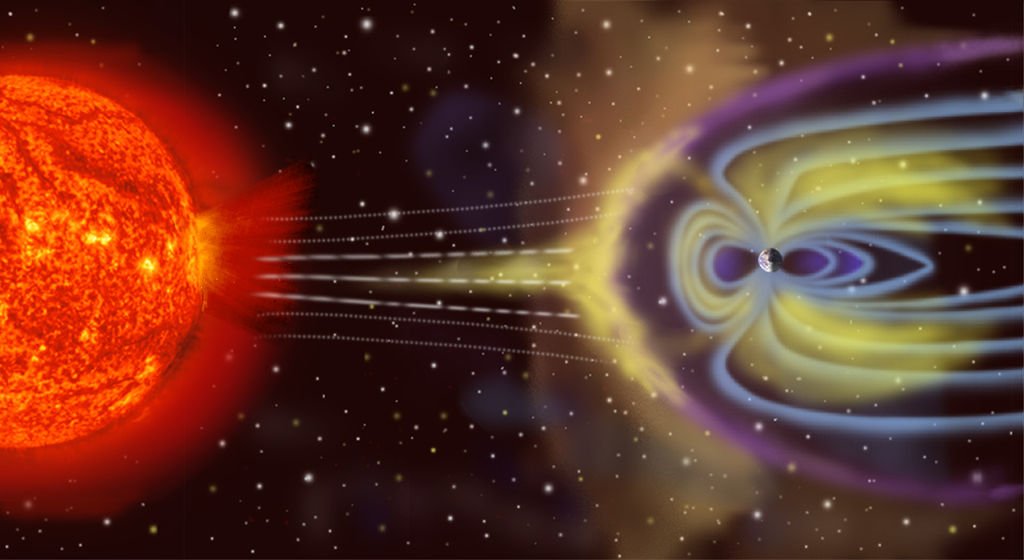
Space weather is a real threat rather than merely a matter of astronomical fascination. Geomagnetic storms, which disturb satellites, GPS systems, and power grids, can be triggered by the same magnetic reconnection events Parker saw. After damaging precision GPS-guided tractors during planting season, a severe solar storm cost U.S. farmers an estimated $500 million in May 2024.
Even more alarming? These storms could strip away planetary atmospheres. Scientists believe Mars once had a thick, Earth-like atmosphere until relentless solar wind, driven by similar magnetic explosions, tore it away over billions of years.
Parker’s Death-Defying Mission
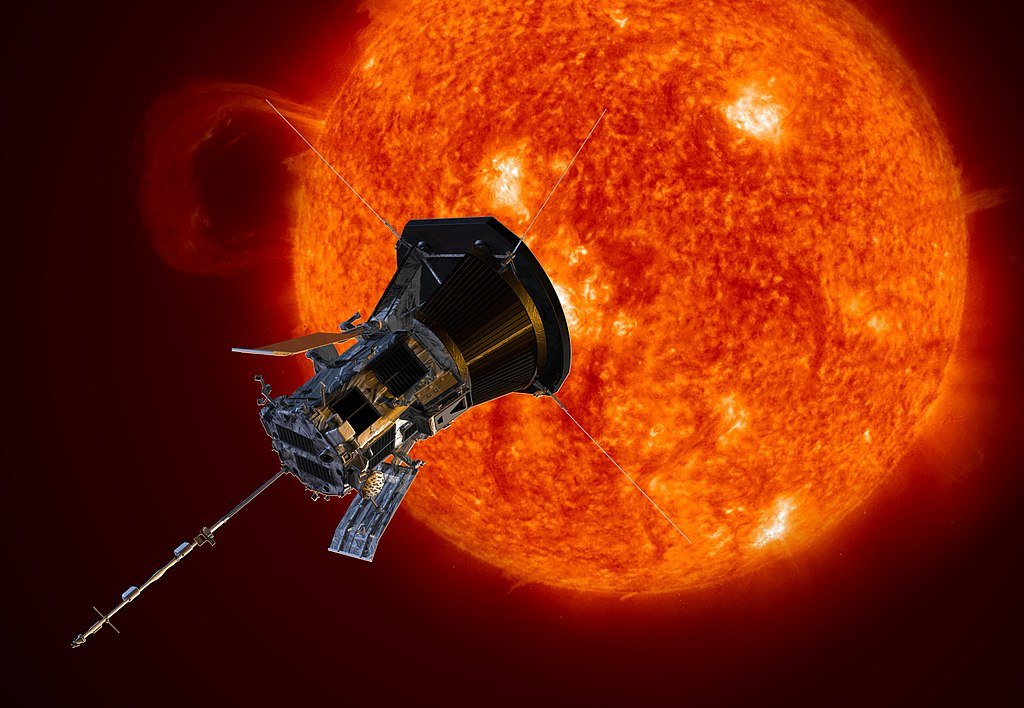
Launched in 2018, the Parker Solar Probe is humanity’s first mission to “touch” the sun, flying through its 2.5-million-degree corona hotter than the sun’s surface itself. Protected by a 4.5-inch-thick carbon shield, the spacecraft has survived temperatures that would melt steel, coming within 3.8 million miles (6.1 million km) of the sun’s surface closer than any human-made object in history.
Its latest findings, published in The Astrophysical Journal Letters, confirm that magnetic reconnection is a dominant force in shaping solar weather. “Everywhere there are magnetic fields, there will be reconnection,” Desai explained. “But near the sun, the energy release is on another scale entirely.”
The Hunt for Space Weather’s “Missing Link”
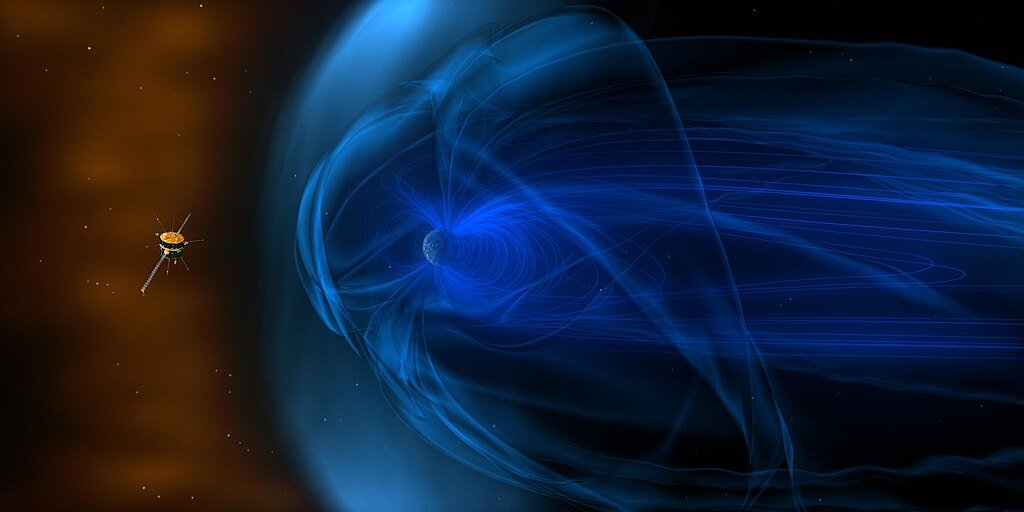
Scientists battled decades to understand why the solar wind, a stream of charged particles continuously blowing from the sun, is three times hotter than predicted. Parker’s data points to magnetic reconnection as the offender, spewing a lot of energy into the wind.
Forecasting space weather could be transformed by this find. Although current models depend on approximations, Parker’s direct observations let scientists improve simulations, perhaps providing Earth hours or even days of warning before a catastrophic solar storm strikes.
What’s Next for Parker?
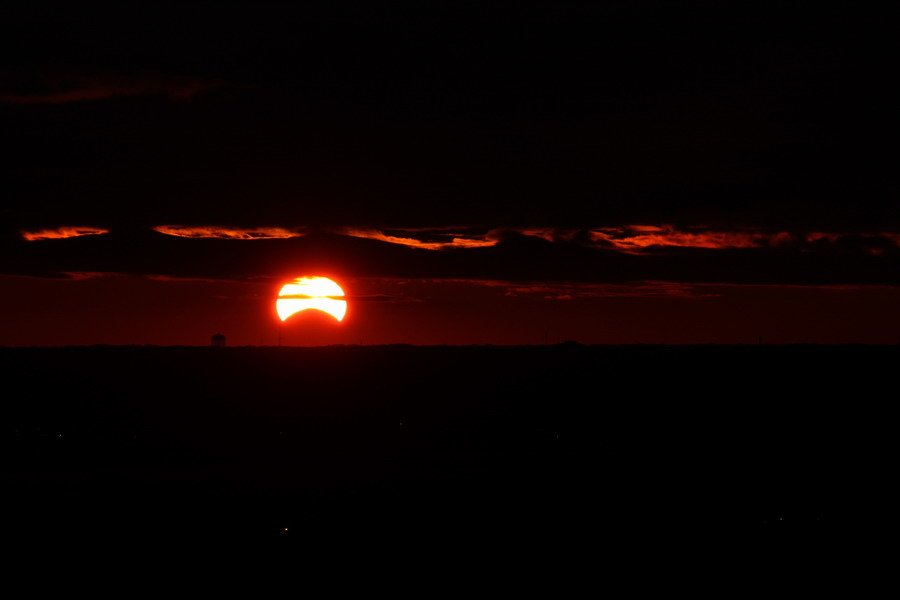
The probe isn’t quite finished. It matched its closest approach yet and dove once more in March 2025. Parker’s first four years of data have already produced over 700 scientific publications; as it carries on its mission through 2025 and beyond, researchers hope even more discoveries.
Future flybys might find more secret solar events, such nanoflares small, regular explosions that could explain the corona’s shockingly hot nature.
A Warning and a Wonder
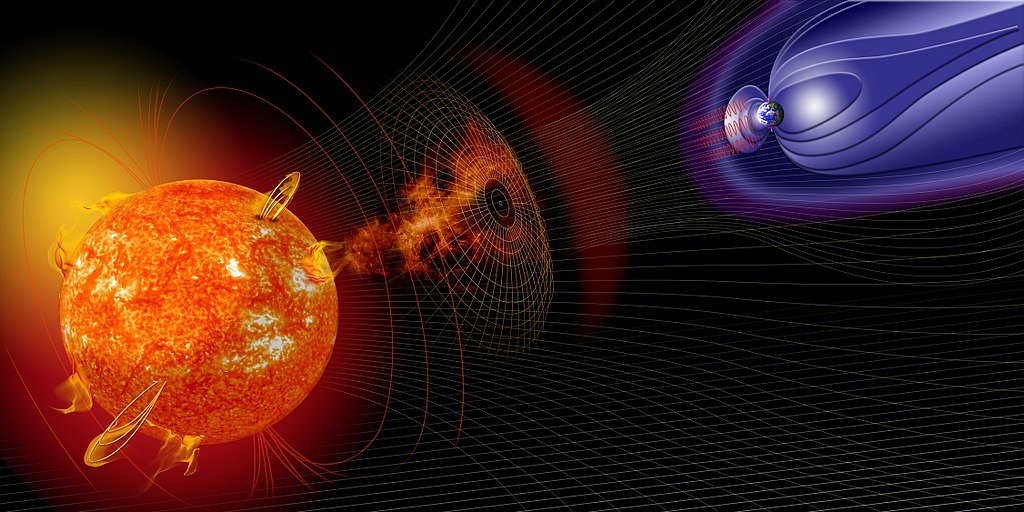
The sun’s wrath presents hazards, but it also gives Earth its amazing auroras. Parker’s discoveries remind us that our star is a live, breathing engine of magnetic chaos that shapes the fate of planets, not only a far-off ball of fire.
As solar activity ramps up in the current solar cycle (peaking in 2025), understanding these explosions could mean the difference between a minor GPS glitch and a global blackout. Thanks to Parker, we’re finally peering into the sun’s violent heart and learning how to survive its storms.
Final Thought
If magnetic reconnection can hurl plasma at near-relativistic speeds, what other solar secrets is Parker about to uncover? One thing’s certain, the sun still has surprises in store.
Sources:

Suhail Ahmed is a passionate digital professional and nature enthusiast with over 8 years of experience in content strategy, SEO, web development, and digital operations. Alongside his freelance journey, Suhail actively contributes to nature and wildlife platforms like Discover Wildlife, where he channels his curiosity for the planet into engaging, educational storytelling.
With a strong background in managing digital ecosystems — from ecommerce stores and WordPress websites to social media and automation — Suhail merges technical precision with creative insight. His content reflects a rare balance: SEO-friendly yet deeply human, data-informed yet emotionally resonant.
Driven by a love for discovery and storytelling, Suhail believes in using digital platforms to amplify causes that matter — especially those protecting Earth’s biodiversity and inspiring sustainable living. Whether he’s managing online projects or crafting wildlife content, his goal remains the same: to inform, inspire, and leave a positive digital footprint.

